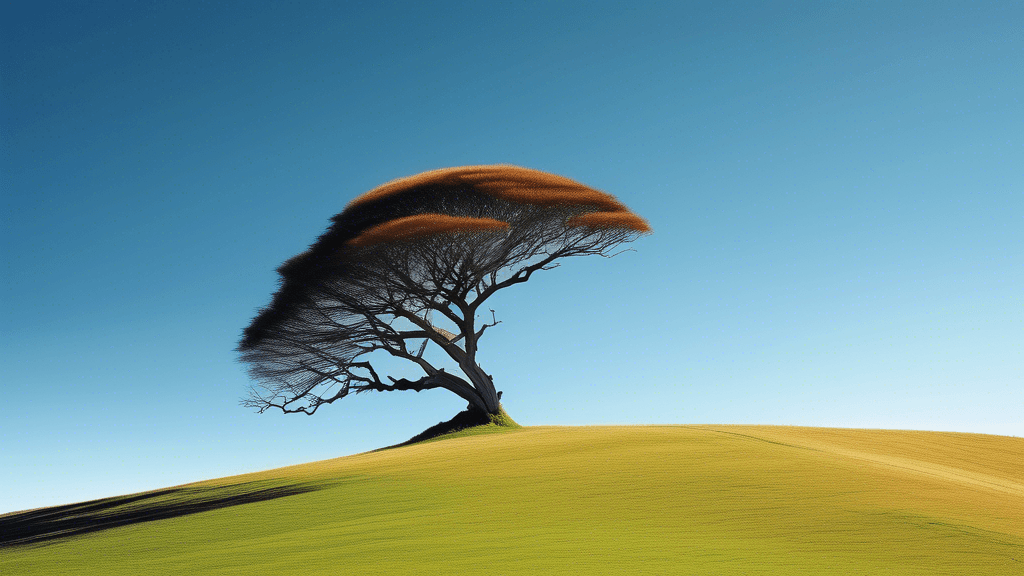
Embracing Minimalism: Simplifying Landscape Photography in New Zealand
Share
Embracing Minimalism in Landscape Photography
Minimalism in photography is more than an aesthetic choice; it’s a powerful technique that can transform how we perceive and interact with our natural surroundings. Particularly for landscape photographers, the allure of minimalism lies in its ability to distill a scene down to its essence, capturing the mood and emotion of the environment with striking simplicity. New Zealand, with its breathtaking vistas and pristine landscapes, offers a unique canvas for photographers looking to explore this less-is-more philosophy.
Why Choose Minimalism in Landscape Photography?
But why would one choose to adopt a minimalist approach in a country as visually rich as New Zealand? The reasons are as varied as the landscapes themselves:
- Focus on Composition: Minimalism forces photographers to consider each element carefully, enhancing the overall composition and impact of the image.
- Emotional Depth: By stripping away the unnecessary, photographers can create a more profound emotional connection to the scene. The simplicity allows viewers to experience the solitude and tranquility of nature.
- Artistic Challenge: Minimalism can be challenging but rewarding. It pushes photographers to think creatively and differently about their use of space, color, and texture.
Techniques for Minimalist Landscape Photography
Adopting minimalism in landscape photography involves more than choosing the right location; it’s about harnessing various techniques to capture the essence of your environment:
Choosing Your Composition
Selecting what to include and what to exclude is crucial in minimalist photography. The composition should be deliberate, aiming to highlight the elements that contribute most to the atmosphere of the scene. Are you aiming to emphasize the sweeping expanses of the sky, the rugged texture of the rocks, or the serene water reflecting the clouds? Each choice evokes a different feeling and narrative.
Playing with Color and Contrast
Color and contrast can dramatically affect the mood of a photograph. In minimalist landscapes, these elements become even more potent. For instance, the use of monochromatic color schemes can help focus the viewer's attention and create a timeless look. Alternatively, bold contrasts between elements, such as a lone tree against a stark white sky, can become central to the image’s impact.
The Role of Light
Light is a fundamental aspect of all photography, but in minimalism, its role is often heightened. The interplay of light and shadow, the nuances of sunrise and sunset, can define the contours and mood of a minimalist landscape. The soft light of dawn might reveal the gentle curves of a hill, while the harsh midday sun might sculpt shadows that give depth to an otherwise sparse scene.
Spotlight on New Zealand’s Minimalist Landscapes
New Zealand is a land of diverse landscapes, from the rolling hills of the Central Otago to the tranquil lakes of the Fiordland. Each location offers unique opportunities for minimalist photography:
- Lake Tekapo: The stark blue of the lake against the rugged mountains and the wide-open skies provide a perfect minimalist set-up.
- The Coromandel Peninsula: With its vast beaches and solitary trees, this location is ideal for creating stark, compelling compositions.
- The Canterbury Plains: The expansive plains offer a blank canvas where the smallest details can become the focal point of a photograph.
These locations, while uniquely different, all share a common potential for creating impactful minimalist images that speak volumes more than their bustling counterparts.
A Word from the Experts
Renowned New Zealand photographer, Michael Fletcher, states, Minimalism in landscape photography isn’t about capturing less, it’s about capturing more with less. It’s about the essence and the emotions. This perspective echoes the sentiments of many photographers who have adopted this style to convey deeper stories through their art.
Conclusion: The Minimalist Journey
Minimalism in landscape photography offers a refreshing juxtaposition to the often cluttered and chaotic world we navigate daily. For those looking to explore this style, especially in the vibrant and diverse settings of New Zealand, the journey is as much about personal discovery as it is about artistic expression.
Are you ready to simplify your photographic approach to highlight the breathtaking landscapes of New Zealand? Remember, the key lies in knowing what to leave out, rather than what to include. Start your minimalist photography journey today, and redefine the way you capture the natural world.
Embrace simplicity. Discover beauty. Capture essence.





